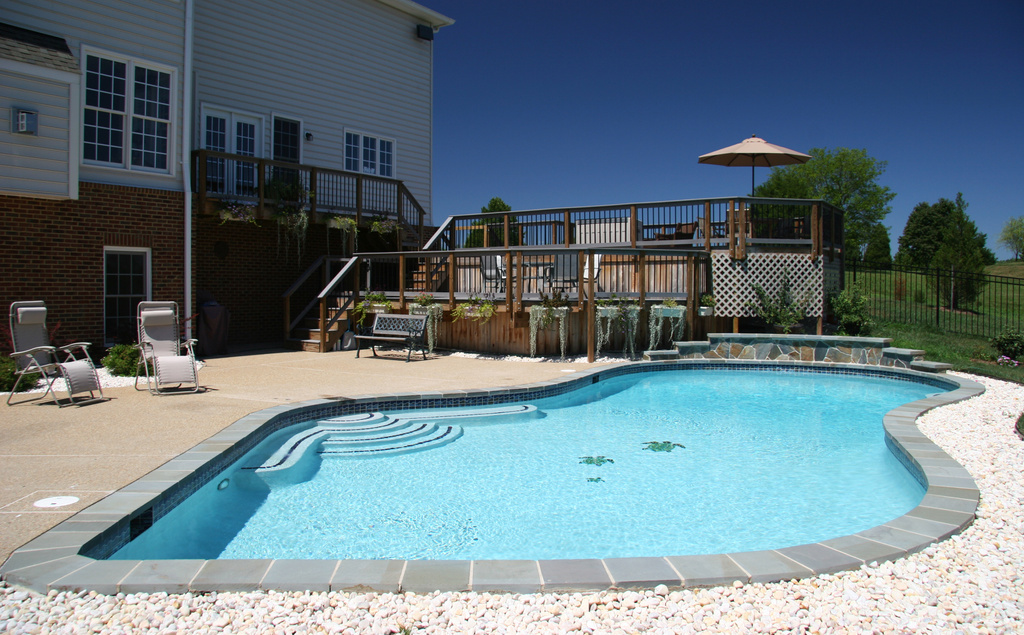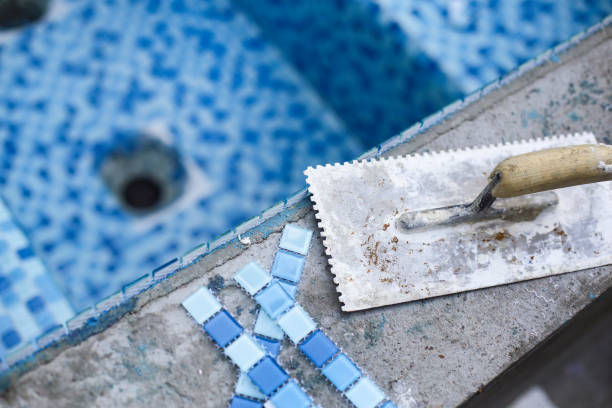
Building a pool is a significant investment that can enhance your property’s value, provide a great recreational area, and offer a refreshing escape during hot summer months. However, the cost to build a pool can vary widely depending on several factors. This guide will explore the various aspects that contribute to the overall expense of pool construction, helping you make an informed decision.
Types of Pools
The first major factor influencing the cost of building a pool is the type of pool you choose. There are three primary types of pools: in-ground, above-ground, and semi-inground.
In-Ground Pools
In-ground pools are the most popular and typically the most expensive option. They are permanent fixtures that can be customized in terms of shape, size, and features. The three main types of in-ground pools are:
- Concrete Pools: These are the most durable and customizable. They can be built in any shape and size but are also the most expensive due to the materials and labor involved. The cost ranges from $50,000 to $100,000 or more.
- Vinyl-Lined Pools: These pools are more affordable than concrete, with prices ranging from $25,000 to $50,000. However, the vinyl liner will need to be replaced every 7-10 years, adding to the long-term costs.
- Fiberglass Pools: These are pre-fabricated shells that are installed in a single piece. They are relatively quick to install and cost is ranging from $29,000 to $60,000. They require less maintenance than concrete pools but are limited in size and shape options.
Above-Ground Pools
Above-ground pools are a more budget-friendly option, costing between $1,500 and $15,000. They are easier and quicker to install but have a shorter lifespan and less aesthetic appeal compared to in-ground pools. They are often made from metal, resin, or hybrid materials.
Semi-Inground Pools
Semi-inground pools offer a middle ground between in-ground and above-ground pools. They are partially buried in the ground and can be a good option for sloped yards. The cost ranges from $10,000 to $25,000, making them more affordable than fully in-ground pools but more expensive than above-ground options.
Factors Affecting the Cost
Several factors influence the overall cost of building a pool, regardless of the type you choose:
1. Size and Shape
Larger pools require more materials and labor, increasing the cost. Custom shapes and designs also add to the expense, as they require more intricate construction and additional materials.
2. Materials
The choice of materials significantly impacts the cost. Concrete, vinyl, and fiberglass each come with their own price points and maintenance requirements. Additionally, the materials used for decking, coping, and interior finishes can vary in cost.
3. Site Preparation
The condition of your property affects the cost of site preparation. Factors such as soil type, slope, and accessibility can add to the expense. Excavation for in-ground pools, especially in rocky or uneven terrain, can be particularly costly.
4. Permits and Regulations
Obtaining the necessary permits and ensuring compliance with local regulations can add to the overall cost. Permit fees vary by location, and some areas have specific requirements for fencing, electrical work, and safety measures. Sample requirements can be seen here.
5. Features and Accessories
Additional features such as waterfalls, lighting, heating systems, and automated cleaning systems can significantly increase the cost. A basic pool setup will be more affordable than one with numerous luxury features.
6. Labor
Labor costs vary by region and the complexity of the project. Hiring experienced professionals ensures quality workmanship but comes at a higher price. It’s essential to get multiple quotes and choose a reputable contractor.
7. Landscaping
Landscaping around the pool area can add to the overall cost. This includes planting, lighting, and the construction of patios, walkways, or outdoor kitchens. A well-designed landscape enhances the aesthetic appeal and functionality of the pool area.
Additional Costs to Consider
Beyond the initial construction, there are ongoing costs associated with owning a pool:

1. Maintenance
Regular maintenance is essential to keep the pool clean and functional. This includes cleaning, balancing chemicals, and routine inspections. Annual maintenance costs range from $500 to $2,000, depending on the pool type and size.
2. Repairs
Over time, repairs may be necessary to fix leaks, replace liners, or repair concrete surfaces. These costs can vary widely but are an important consideration for long-term ownership.
3. Utilities
Pools increase utility bills due to the electricity required for pumps, heaters, and lighting, as well as the water needed to fill and maintain the pool. Energy-efficient equipment can help mitigate these costs.
4. Insurance
Adding a pool can impact your homeowner’s insurance premiums. It’s essential to inform your insurance provider and ensure adequate coverage for potential accidents or damage.
Financing Options
Given the significant cost of building a pool, financing options may be necessary. Homeowners can explore:
- Home Equity Loans: Using home equity to finance the pool can provide lower interest rates and longer repayment terms.
- Personal Loans: Unsecured personal loans are an option but may come with higher interest rates.
- Pool Financing Companies: Some companies specialize in financing pool construction, offering tailored loan products.
Conclusion
Building a pool is a significant investment that can enhance your lifestyle and property value. The cost to build a pool varies widely based on the type, size, materials, and additional features. By understanding these factors and planning accordingly, you can make an informed decision that aligns with your budget and desired outcomes. Whether you choose an in-ground, above-ground, or semi-inground pool, careful planning and consideration of ongoing costs are essential for a satisfying and enjoyable pool ownership experience.






